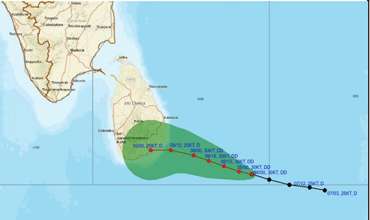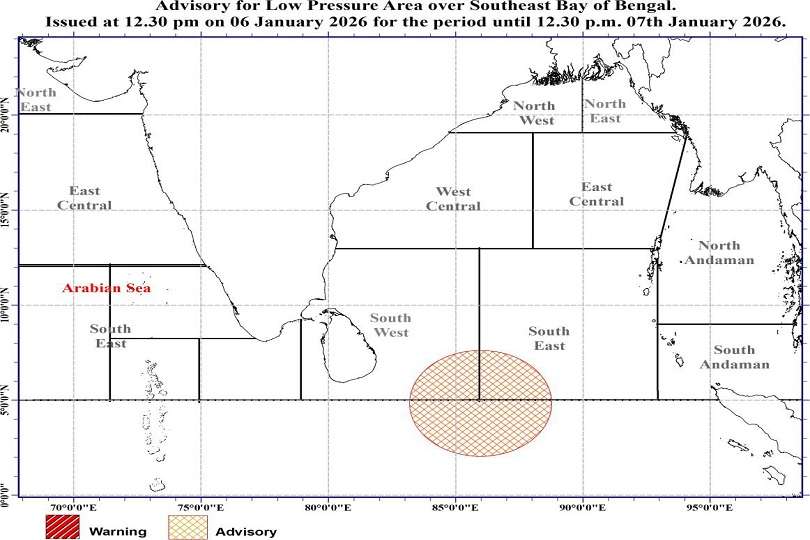WORLD: Global oil rockets, shares and euro dumped
SYDNEY REUTERS March 7 - Oil prices soared and shares sank in frantic trading on Monday as the risk of a U.S. and European ban on imports from Russia and delays in Iran's renewed nuclear talks boosted commodities and threatened a stagflationary shock for world markets.
The euro extended its slide, hitting parity against the safe-haven Swiss franc, while commodities of all kinds rose as countries from Japan to the United States discussed banning Russian oil imports in response to its invasion of Ukraine.
“If the West cuts off most of Russia's energy exports it would be a major shock to global markets,” said BofA chief economist Ethan Harris.
Russia calls the campaign it launched on Feb. 24 a “special military operation”, saying it has no plans to occupy Ukraine.
Having surged 18% in wild early action, Brent was last quoted $9.95 higher at $128.06, while U.S. crude rose $8.94 to $124.66.
That jump - which follows a 21% surge in Brent crude last week - will be costly for consumers and leave them with less money to spend on other things, a threat to global economic growth.
Worries about growth saw S&P 500 stock futures drop 1.5%, while Nasdaq futures shed 1.7%. U.S. 10-year bond yields also dropped to their lowest since early January.
Europe's benchmark STOXX index fell 2.82% to a year-long low, as Germany's DAX looked set to confirm a bear market after suffering a 20% decline since its January high. .
Asian markets were a sea of red. Japan's Nikkei sank 3.4% to a 15-month low, while MSCI's broadest index of Asia-Pacific shares outside Japan lost 2.4%. Chinese blue chips shed 2.3%.
BofA's Harris estimates the loss of Russia's 5 million barrels could see crude prices double to $200 a barrel.
It is not just oil, with commodity prices having their strongest start to any year since 1915, says BofA. Among the many movers last week, nickel rose 19%, aluminium 15%, zinc 12%, and copper 8%, while wheat futures surged 60% and corn 15%.
That will only add to the global trend towards higher inflation. Data this week is expected to show annual U.S. consumer price growth at a stratospheric 7.9%, and the core measure at 6.4%.
The Russia-Ukraine conflict also weighed on talks aimed at reviving Iran's nuclear deal with major powers, after Tehran accused Russia of “interference”.
All of which complicates the policy picture for the European Central Bank when it meets this week, as the soaring cost of oil threatened an economic condition known as stagflation, where prices soar even as growth flatlines.
“Given the potential for stagflation is very real, the ECB is likely to maintain maximum flexibility with its asset purchase programme at 20 billion euros through Q2 and potentially beyond, thus effectively pushing out the timing of rate hikes,” said Tapas Strickland, an economist at NAB.
EURO OVERWHELMED
The near-term prospect of a more dovish ECB combined with safe-haven flows to drive German 10-year bond yields down a huge 32 basis points last week. U.S. 10-year yields were down at 1.69% on Monday, having dropped 23 basis points last week.
Fed fund futures were also gaining as the market priced in a slower pace of rate rises from the Federal Reserve this year, though a March hike is still seen as a done deal.
With the outlook for European growth darkening, the single currency took a beating and fell 3% last week to its lowest since mid-2020. It was last down 0.5% at $1.0872 and in danger of testing its 2020 trough around $1.0635.
The euro was also tumbling against the Swiss franc to break under 1.0000 for the first time since early 2015 and raising the spectre of possible intervention by the Swiss central bank.
The dollar was firmer, supported in part by a strong payrolls report that only reaffirmed market expectations for a Fed hike this month. The dollar index was last at 98.932 having climbed 2.3% last week.
“Events in the Ukraine are increasingly overwhelming the euro,” said Richard Franulovich, head of FX strategy at Westpac.
“With safe-haven flows likely to continue for sometime yet and Fed officials eager to press on with their policy normalisation plans, 100+ for (the dollar index) is just a matter of time.” Gold benefited from its status as one of the oldest of safe harbours and was last up 1.42% at $1,997 an ounce.
(Reporting by Wayne Cole and Lawrence White; Editing by Sam Holmes and Catherine Evans)
-
Still No Comments Posted.















Leave Comments